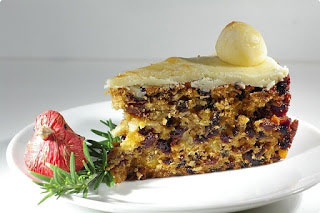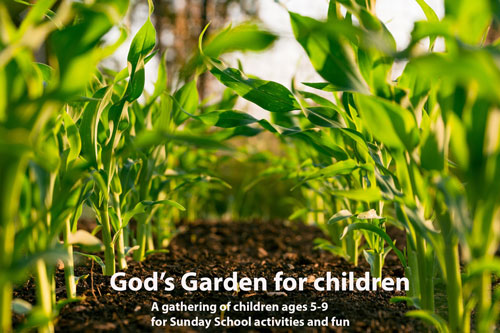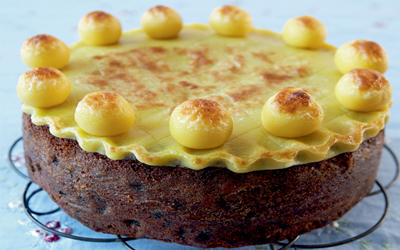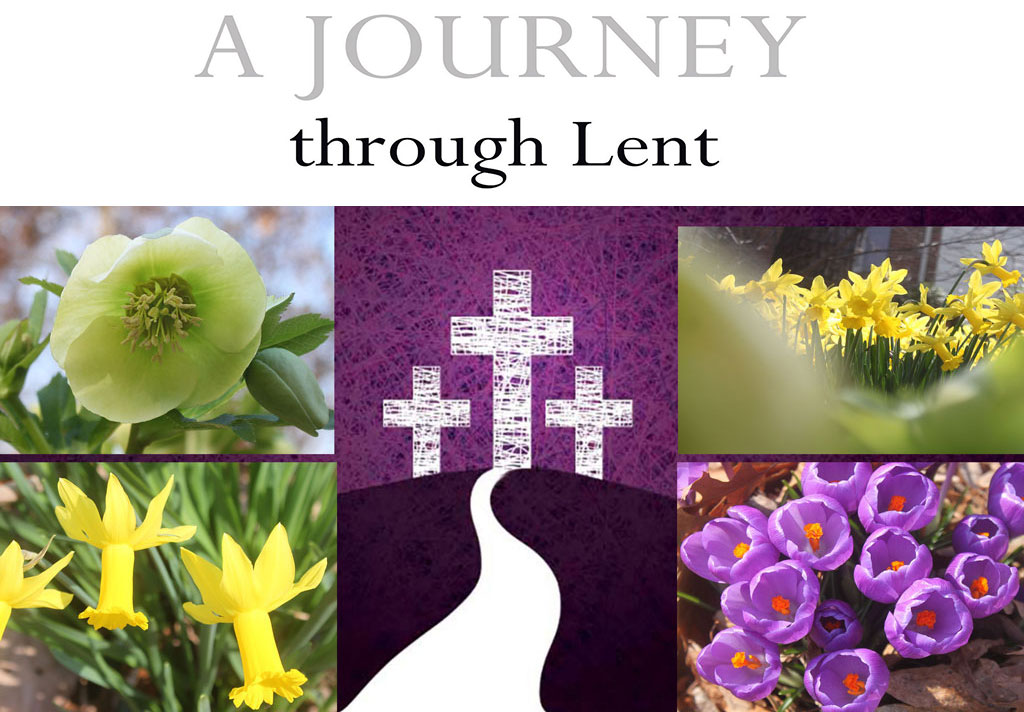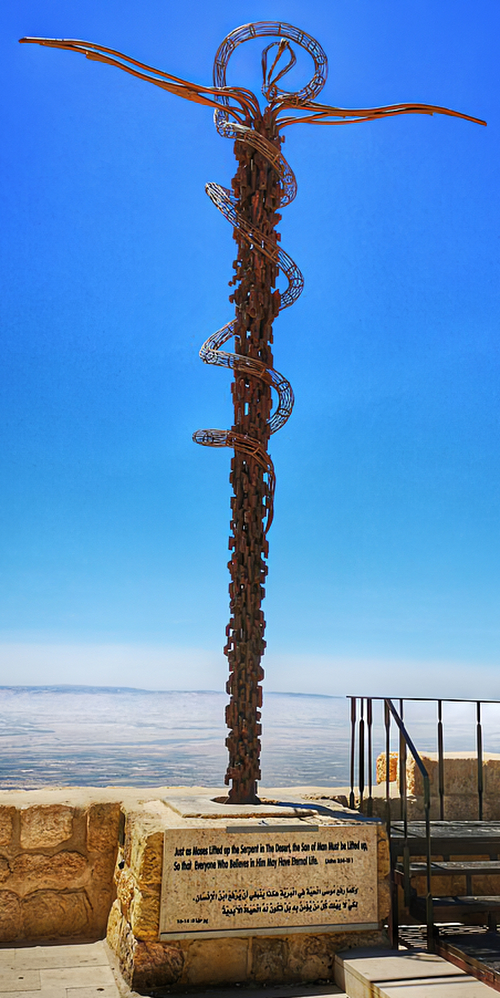
The bronze serpent (which Moses erected in the Negev desert) on Mount Nebo created by the Italian artist Giovanni Fantoni, visually merging the healing bronze serpent set up by Moses in the desert, and the Crucifixion of Jesus.
“In any case, the center of gravity in stories from Numbers in the Old Testament (Bronze Servant) and the Gospel (“For God so Loved the world” — and the key link between them — is the saving action of God, as well as God’s intention to save not just a select few but rather “everyone” who looks upon the bronze serpent (Numbers), and indeed the entire world (John).”
To make his case, Jesus alludes to the Israelites in the wilderness (Numbers 21) and to Abraham and Isaac (“gave his only Son”; John 3:16; Genesis 22)… Jesus puns on the phrase, “lifted up”: Moses lifted up the bronze serpent and Jesus will be lifted up on the cross, and at the same time the phrase also alludes to Jesus’ resurrection and ascension (John 3:14). Above all, however, the reference to the story from Numbers highlights God’s character as the One who saves even and especially in the face of rebellion. The Israelites had self-destructively turned against God, but when they asked for deliverance from the consequences of their sin (and please note, their plea isn’t out of any high-minded piety, but rather is driven by self-preservation!), God gracefully delivers them.”



